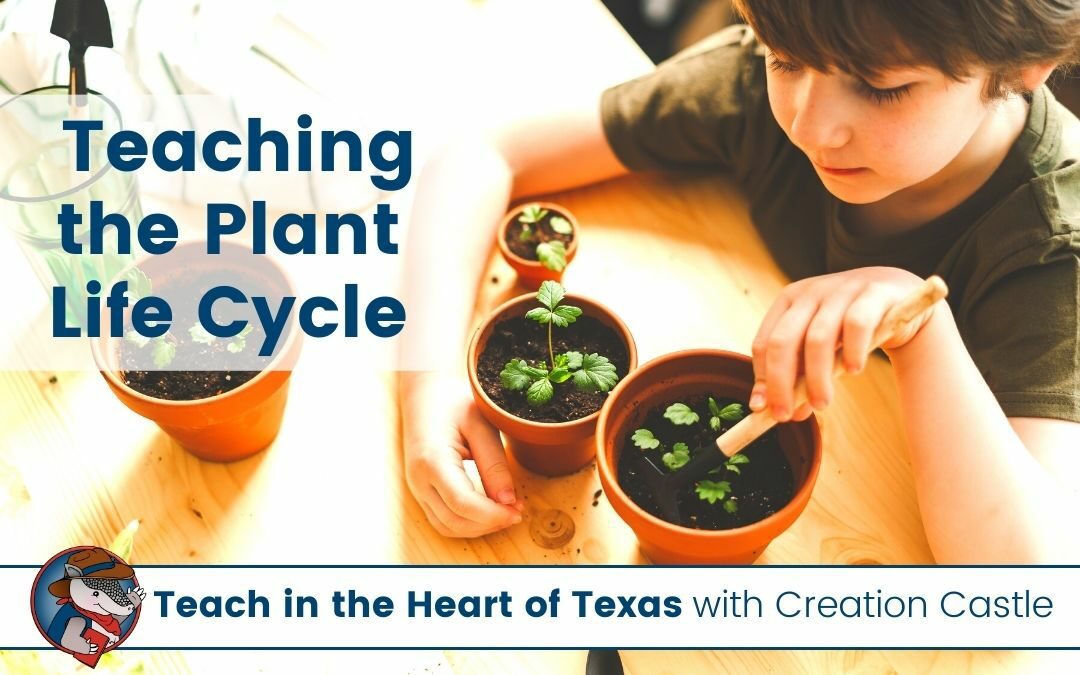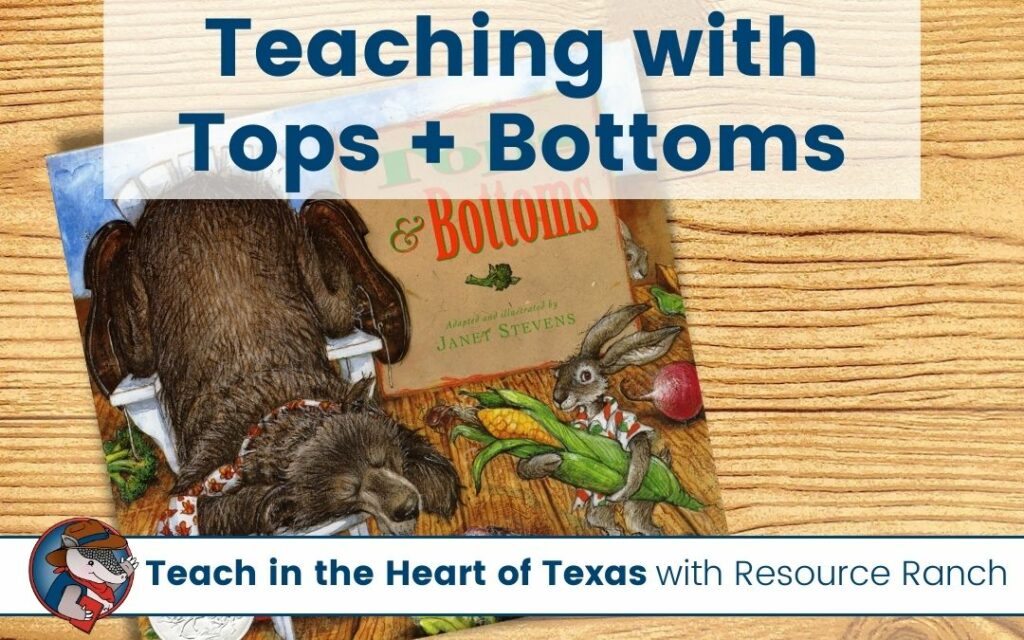Teaching the plant life cycle can be a daunting task, but with the right information and activities, your students will leave the classroom with a better understanding of this important process.
Similar to teaching the butterfly life cycle, frog life cycle, or chicken life cycle, there are several ways you can approach teaching this concept.
Quick Links
Start with a Discussion
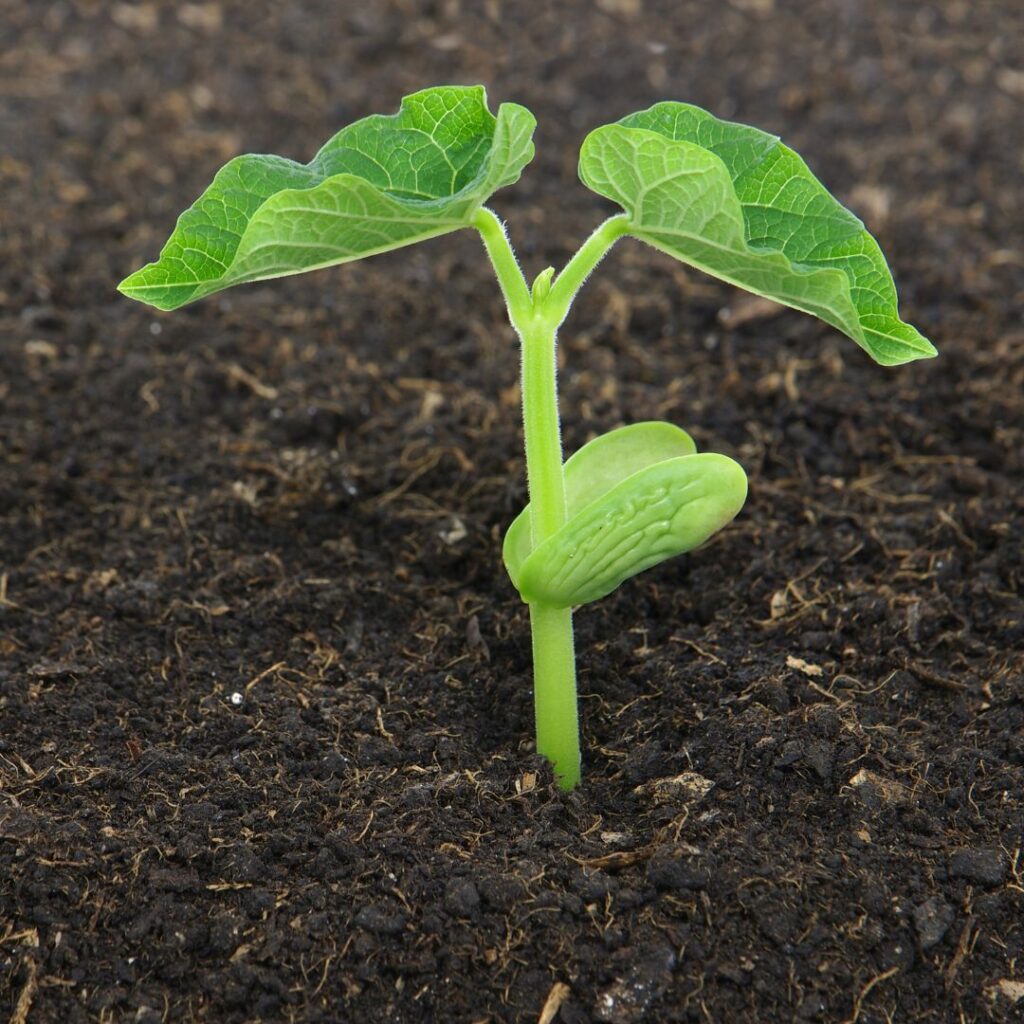
Ask your students to brainstorm what they already know about the plant life cycle. Have them share their ideas and then introduce the basic stages of the plant life cycle. If you’ve already discussed other life cycles, have students compare and contrast the cycles.
Go on a Nature Walk
Take your class on a nature walk and look for plants in various stages of their life cycle. Talk about what you see and why it’s important for plants to go through this process. This is also a great opportunity for students to take photos or make sketches of what they observe. This obviously depends on where you live and the time of year you are teaching about plants.
Read Books About Plants
Once you’ve introduced the plant life cycle, choose a few books to read with your class. These could be fiction or non-fiction books. At this point, you’re just wanting to give your students more exposure to the concept. There are many great books available that explain the plant life cycle in simple terms and provide colorful illustrations. This is a great way to get your students engaged in the topic and to help them remember what they’ve learned. Here are a few ideas to get you started.
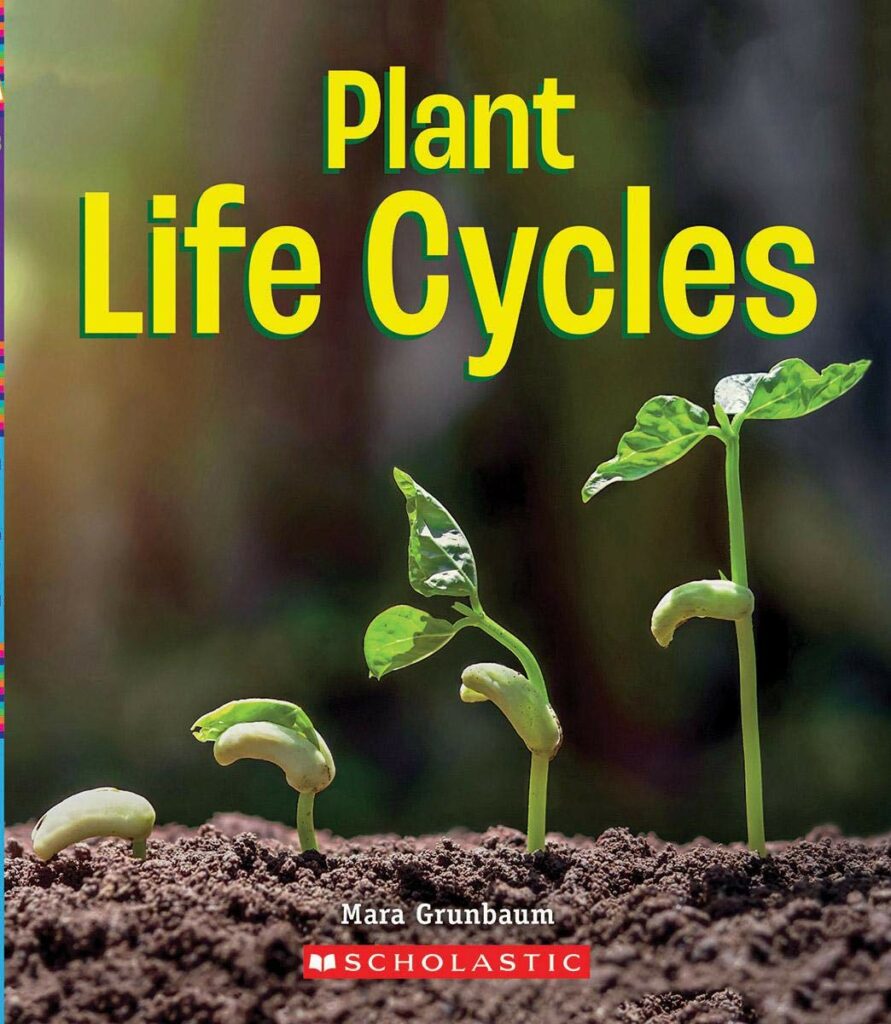
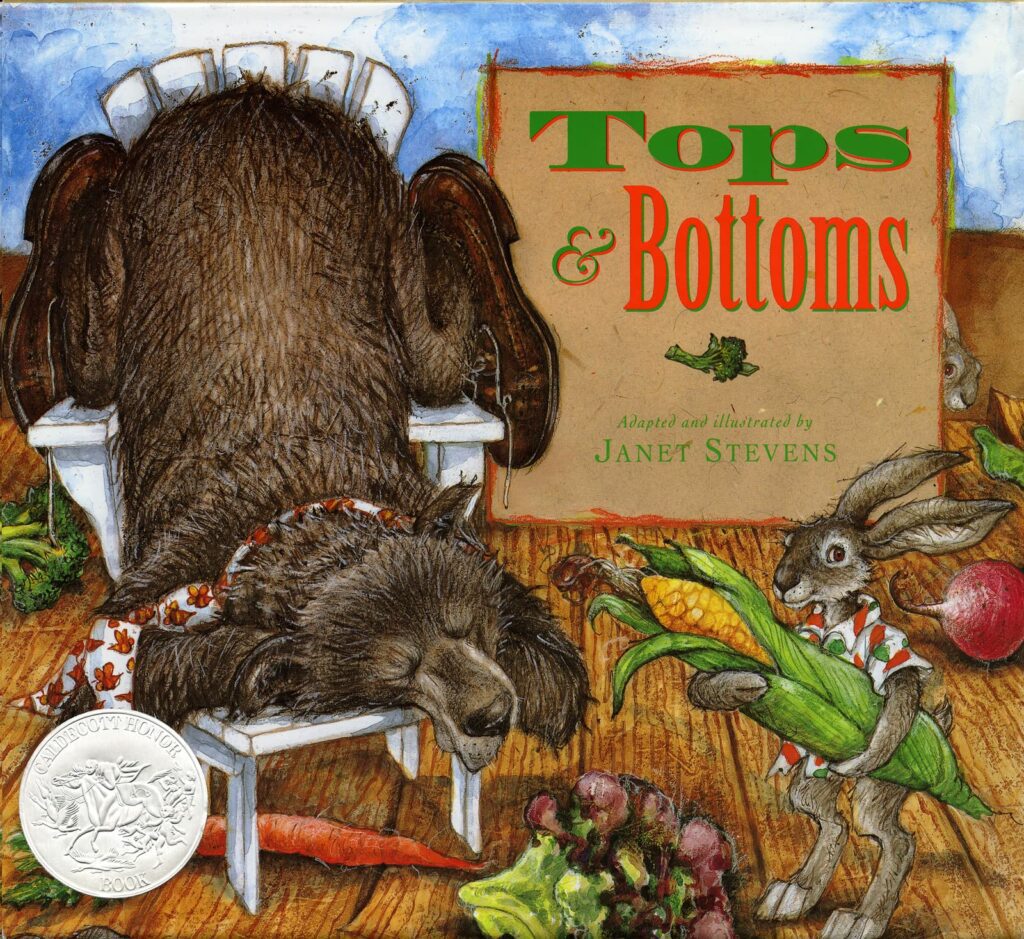
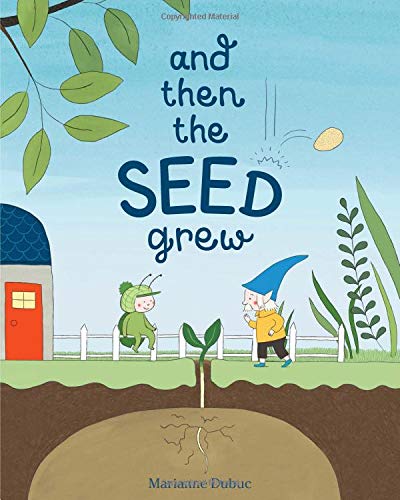

You could also pick up printable books like this one from Creation Castle so your students have a reference book during your plant unit.
Introduce Plant the Parts of a Plant
Usually, when you talk about the plant life cycle, you’ll also talk about the parts of a plant and what the plant needs to survive – after all these are a big part of the life cycle! Explain what each part of a plant does and how it contributes to the life cycle. Show pictures or diagrams of plants to help illustrate these concepts.
Create a Plant Life Cycle Chart
Now that your students are more familiar with the life cycle, have them create a chart or diagram to represent the stage. They can draw pictures and label each stage, or use photos of plants in each stage. For your more advanced learners, you can have them add information such as what happens in each stage and how long it takes for the plant to go through the cycle.
Plant Seeds and Grow Beans or Flowers
Let your students get their hands dirty by planting some seeds! You can provide them with various materials, such as soil, water, and seeds, to help them get a better understanding of how the process works. Have them plant the seeds in individual clear sandwich bags or plastic cups and draw diagrams of the plants as they grow. You can also have the students track the progress of the plants by having them record the changes they see on a chart. This will help them to better understand the life cycle of a plant.
If you’re less interested in students making observations about the life cycle you could also plant a school garden! Students wouldn’t be able to document the underground growth, but it would be a nice service project for your kids.
In addition to hands-on activities and real-life examples, you can also use worksheets and other print materials to teach the plant life cycle in kindergarten. These can provide a more structured learning experience and help children practice their knowledge of the plant life cycle.
Overall, teaching the plant life cycle in kindergarten is a valuable way to introduce children to important scientific concepts. By using a variety of teaching methods and incorporating hands-on activities, real-life examples, and worksheets, you can make the learning process fun and engaging for your students.

Creation Castle
Heather is the author of Creation Castle. She has experience with general education, special education, and ESL students in kindergarten through fifth grade. She specializes in early elementary math and literacy, as well as organization.

